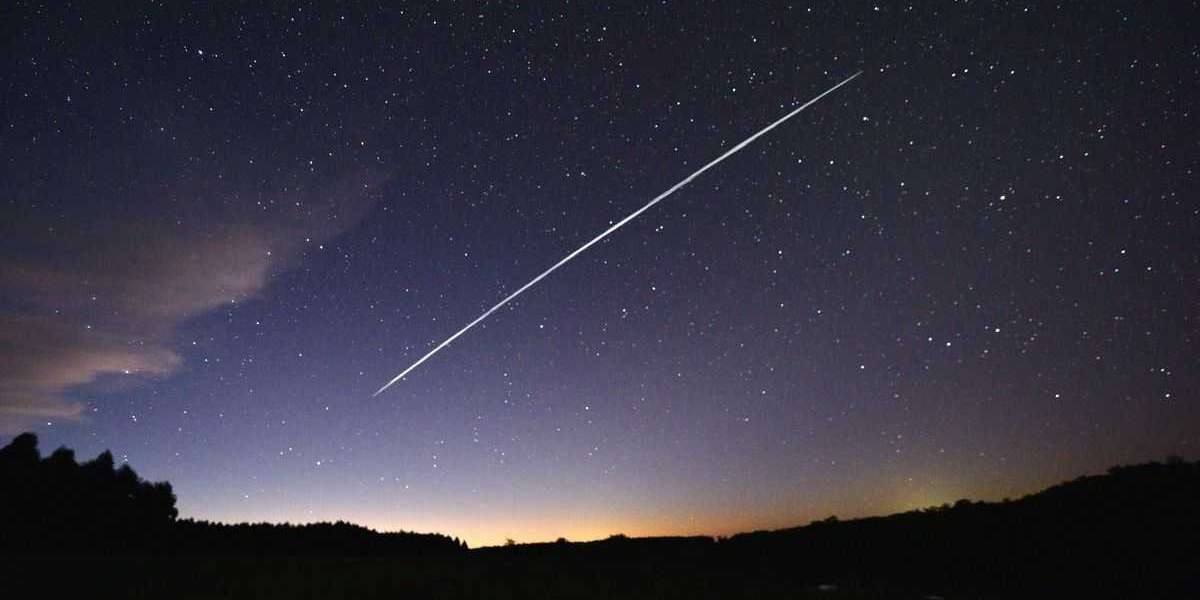On a mission that tied the company's booster-reuse record, SpaceX blasted over four dozen satellites and landed the returning rocket Monday (Feb. 21).
At 9:44 a.m., a two-stage Falcon 9 rocket carrying 46 SpaceX Starlink broadband spacecraft launched from the Cape Canaveral Space Force Station in Florida. Soaring into a clean, blue sky at 1444 EST (1444 GMT).
The Falcon 9's first stage returned to Earth around nine minutes after liftoff, landing vertically on SpaceX's droneship A Shortfall of Gravitas, which was stationed in the Atlantic Ocean a few hundred miles off the Florida coast. It was SpaceX's 100th Falcon 9 rocket landing, and the company's 107th total, including Falcon Heavy booster touchdowns.
"Great news overall," SpaceX production manager Jessie Anderson said during live commentary after the launch. "We are now awaiting the deployment of our 46 Starlink satellites which is scheduled to occur about an hour from now." SpaceX's live webcast was cut short before satellite deployment due to a lack of visual connectivity between the ground station and the satellites, according to Anderson.
According to Anderson, Monday's flight was the 11th launch and landing of this specific Falcon 9 first stage. This matched SpaceX's previous record for reuse, which was established in December by a different Falcon 9 booster on a Starlink flight.
SpaceX's Crew Demo-2 flight (the company's first astronaut flight for NASA in 2020), as well as the Anasis-II satellite mission for South Korea, CRS-21 space station cargo mission for NASA, Transporter-1 and Transporter-3 rideshare missions, and five different Starlink missions, were all launched by the Falcon 9 first stage on this flight, known as Starlink 4-8.
On the flight, the two parts of the rocket's nose cone, or payload fairing, also returned to orbit, each flying on their third mission, according to Anderson.
"Improvements on the fairings and our overall refurbishment process has decreased the impact of water landings handled to an overall fairing recovery rate of 93% over the last 14 missions," she added.
This year, SpaceX has already launched three large Starlink batches: two in January and one on February 3. A solar outburst, which generated a geomagnetic storm here on Earth, threw the mission into significant jeopardy on Feb. 3.
As a result of the storm, atmospheric density rose, increasing drag on the recently deployed Starlink satellites. According to SpaceX executives, up to 40 of the 49 spacecraft crashed back to Earth as a result.
According to Spaceflight Now, SpaceX is aiming for a higher orbit to launch its new Starlink satellites on today's flight, reducing the number of satellites from 49 to 46. According to Spaceflight Now, they will be launched into a near-circular target orbit with a range of 202 miles to 209 miles (325-337 kilometers) at its highest and lowest points.
According to SpaceX, the satellites lost in the solar storm were at a low altitude of around 130 miles (210 kilometers). To prevent creating space trash, the corporation deploys huge batches of Starlink satellites into low orbits so that they can fall down to Earth and burn up in the atmosphere if they malfunction in orbit.
According to Spaceflight Now, SpaceX has launched around 2,100 Starlink satellites into orbit, with more than 200 dropping out of orbit due to failures or deactivation. However, the company is far from finished. SpaceX has received clearance to launch 12,000 Starlink vehicles and has sought for authority to launch up to 30,000 more from an international regulator.
The company's Starlink internet satellite project intends to provide clients with high-speed internet access anywhere on the earth, particularly in underserved or extremely remote places where internet service is difficult to come by.
The launch had been planned for Sunday (Feb. 20), but SpaceX had to postpone it owing to adverse weather for rocket recovery operations.
SpaceX's seventh space mission of 2022, and the fourth dedicated to Starlink launches, was launched and landed successfully. Anderson said it was the company's 38th Starlink mission and 145th overall launch.



